Labor MPs push for high-density housing near Adelaide train stations
Vacant land around train stations in the northern suburbs should be rezoned for high density housing, according to two Labor MPs who say Adelaide’s railway corridors are an “untapped asset”.

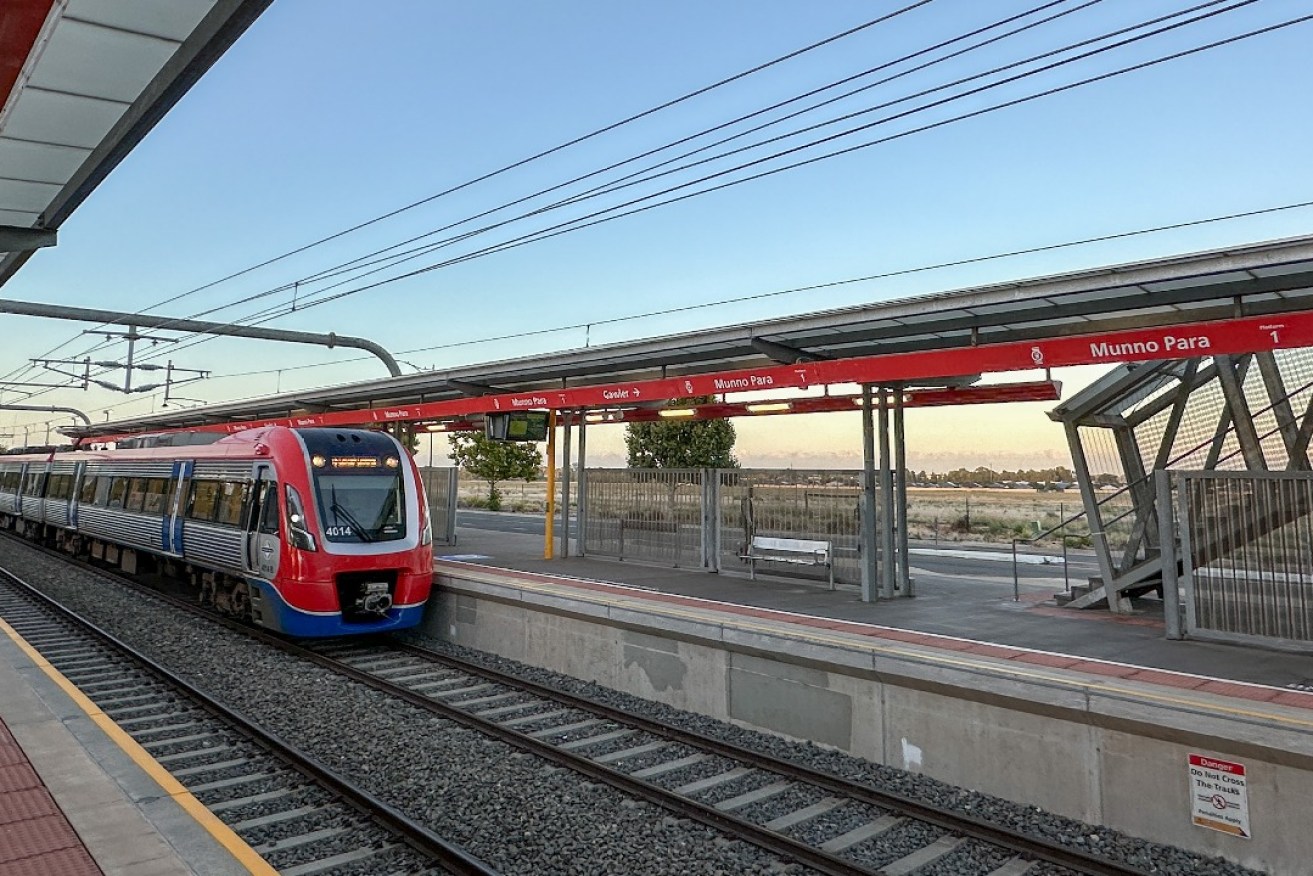
A train arriving at the Munno Para railway station - a site which is surrounded by vacant land. Photo: Tony Lewis/InDaily
In submissions to the State Planning Commission’s Greater Adelaide Regional Plan discussion paper, Labor MPs John Fulbrook and Matt Burnell urged the state government to consider upzoning land around the recently electrified Gawler line.
Fulbrook, who represents the state seat of Playford taking in Parafield Gardens, Salisbury Downs, Mawson Lakes and Paralowie, said the change could both encourage new housing near existing infrastructure while also bolstering public transport patronage.
“The South Australian Government invests significant resources into the running of Adelaide’s suburban rail network,” Fulbrook wrote in his submission late last year.
“Despite this investment, comparatively it is underused when compared to other networks in similar sized cities.
“Over time this could be addressed through structural adjustments to our planning laws to relax density limits for residential development around existing railway stations.
“By bolstering the population around our stations, we would have a greater supply of patrons ready to embrace what’s already at their doorstep.
“The railway corridors themselves are an untapped asset that could also be exploited to increase patronage on our suburban network.”
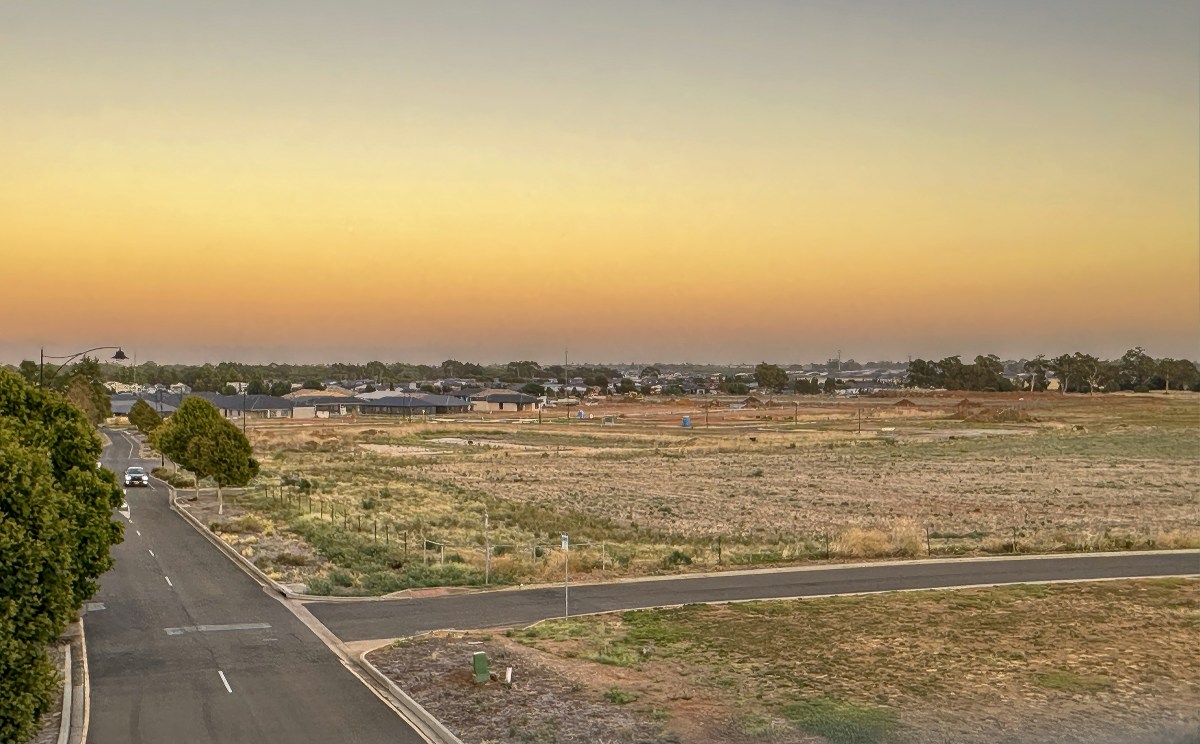
Vacant land next to the Munno Para train station, pictured from the station overpass. Photo: Tony Lewis/InDaily
Fulbrook said targeting train stations for new housing has worked well in New South Wales.
He highlighted the Chatswood interchange development on Sydney’s lower north shore, which integrated three high-rise apartment towers with a shopping precinct above the Chatswood railway station.
“It would therefore be possible to do something similar in Adelaide, with potential to explore both residential, retail, and commercial development opportunities in the airspace above our railway line,” Fulbrook said.
“If embraced, this creates a possible revenue source for government, while also bolstering demand for existing services.”
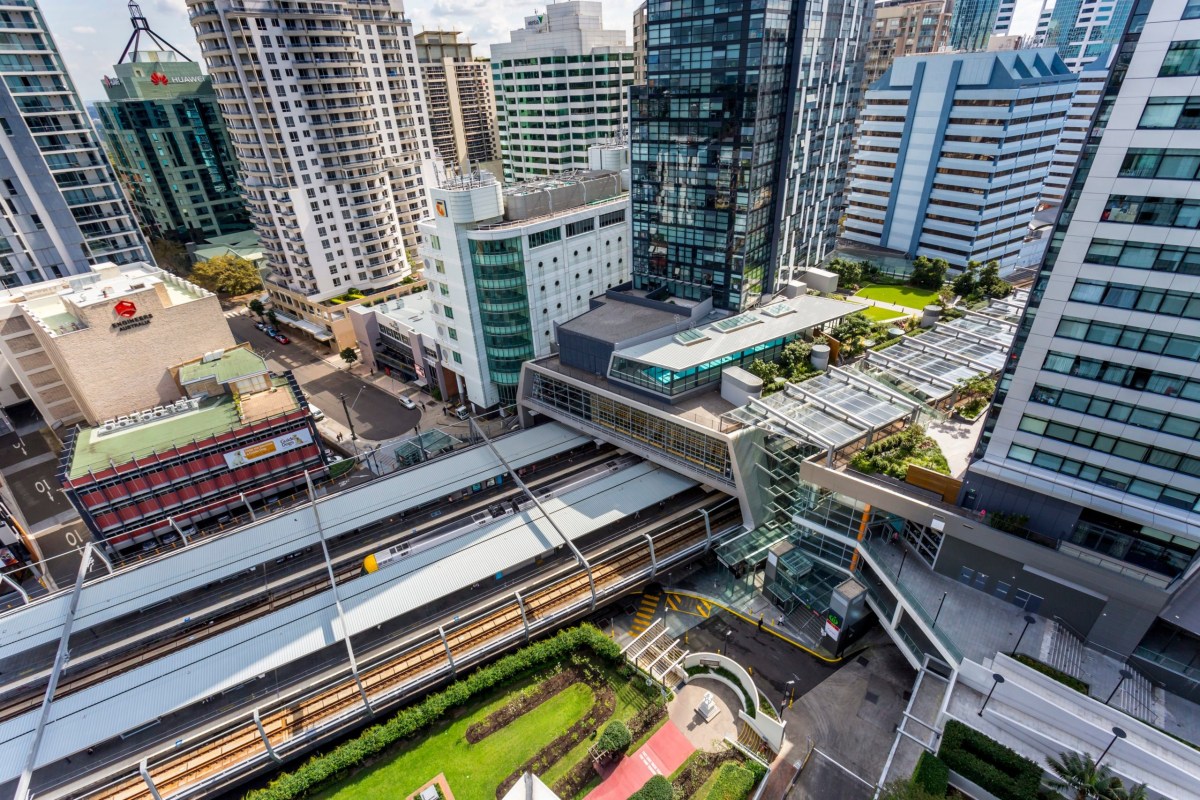
The Chatswood interchange development in Sydney created more than 500 new apartments. Photo: Taylor Thomson Whitting/supplied
The call comes at a critical point for housing and transport planning in Adelaide’s northern suburbs, where population growth is outpacing the rest of Greater Adelaide.
The Malinauskas government is expecting the region to shoulder much of the state’s housing growth over the next 30 years, targeting 20,000 new homes across Dry Creek and Concordia and 500 in Golden Grove.
A further 12,000 homes and 40,000 new residents are anticipated to move into Walker Corporation’s Riverlea development in the northwest.
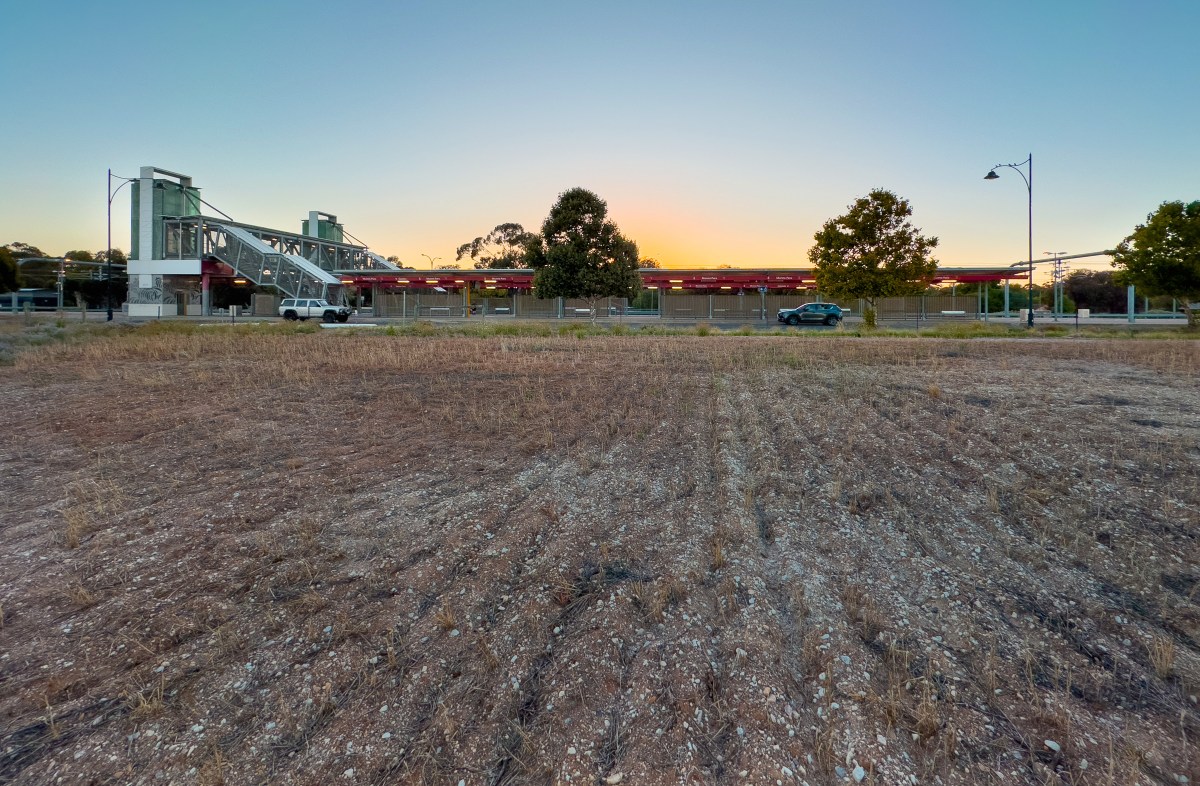
Land outside the Munno Para Train station, which is currently zoned for three-storey development. Photo: Tony Lewis/InDaily
Fulbrook said the new housing earmarked for Dry Creek and Buckland Park “may create a critical mass of people to warrant a rail service that spurs from the Adelaide to Gawler line”.
Last week, the state government launched a 12-month transport study for the northern suburbs amid criticism from local councils about a lack of public transport investment in the region.
A spokesperson told InDaily last week that the government was “not currently planning” a northwest passenger rail line but “it is something that could be considered as the population increases over time”.
The government will also this year complete the next 30-Year Plan for Greater Adelaide and a 20-Year State Infrastructure Strategy.
Govt told to change tack on urban sprawl
Premier Peter Malinauskas and Planning Minister Nick Champion have supported urban sprawl on Adelaide’s fringes during their time in government, arguing it’s a necessary part of addressing the state’s housing crisis.
The Premier declared within months of taking office that “urban sprawl is not a dirty word” while the Planning Minister has scrapped targets set by the Rann and Weatherill governments that prioritised building new housing in existing suburbs (urban infill) rather than on vacant greenfield land.
But Matt Burnell – who represents Champion’s former federal seat of Spence which takes in Salisbury, Munno Para, Gawler and Elizabeth – said new housing should be located on existing urban corridors rather than on greenfield land unconnected to infrastructure.
“I believe high-density infill, stemming from existing corridors of infrastructure in the outer north, ought to be prioritised in the [Greater Adelaide Regional] Plan,” the Labor MP wrote.
“In considering where Greater Adelaide should grow… I would like to emphasise the importance of prioritising the placement of housing where existing infrastructure is already present.
“This could occur along the urban corridor of the Northern Suburbs, as opposed to greenfield development away from that infrastructure.”
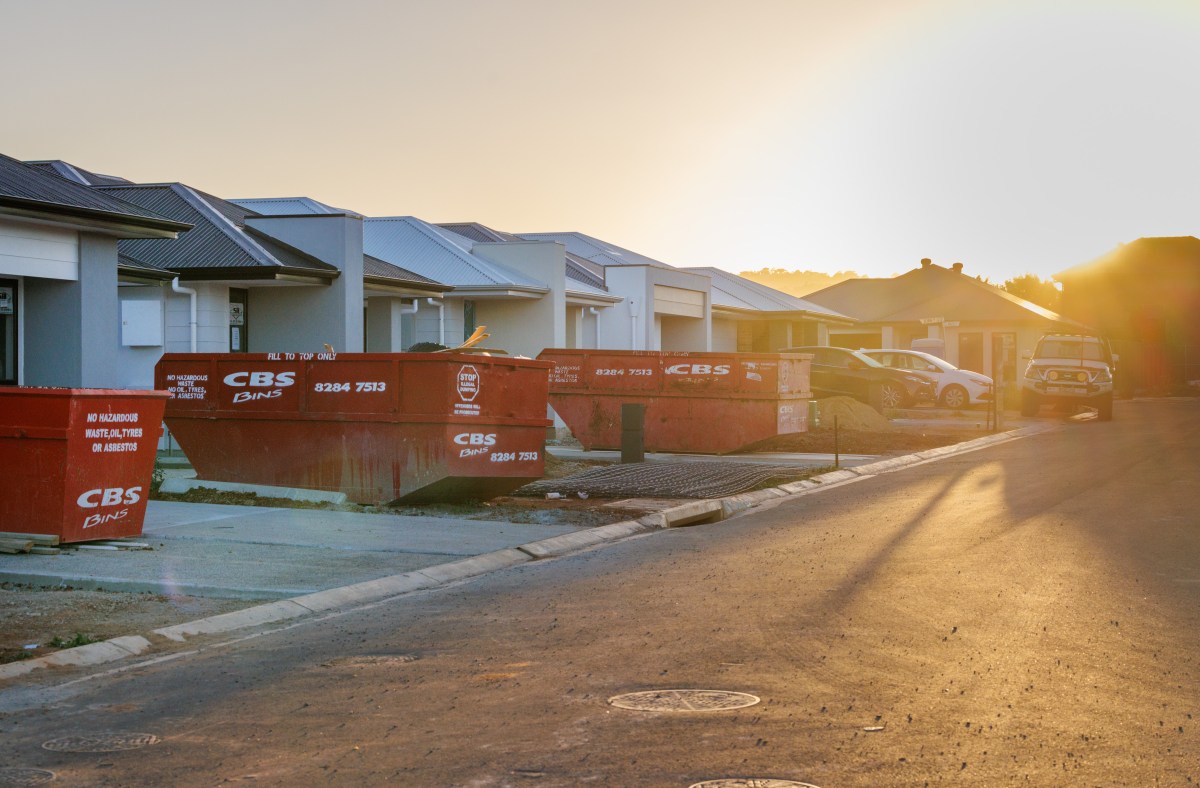
New housing under construction in Blakeview. Photo: Tony Lewis/InDaily
Burnell argued prioritising housing around existing infrastructure is cheaper and has more chance to reduce traffic congestion by providing greater accessibility to public transport.
He also said greenfield housing estates “may produce developments that are fundamentally detached communities, away from community services and amenities”.
“By establishing new housing in proximity to the newly electrified Gawler Rail Line, an incentive will be provided for our community to make greater use of that service and potentially help to mitigate increased traffic,” Burnell said.
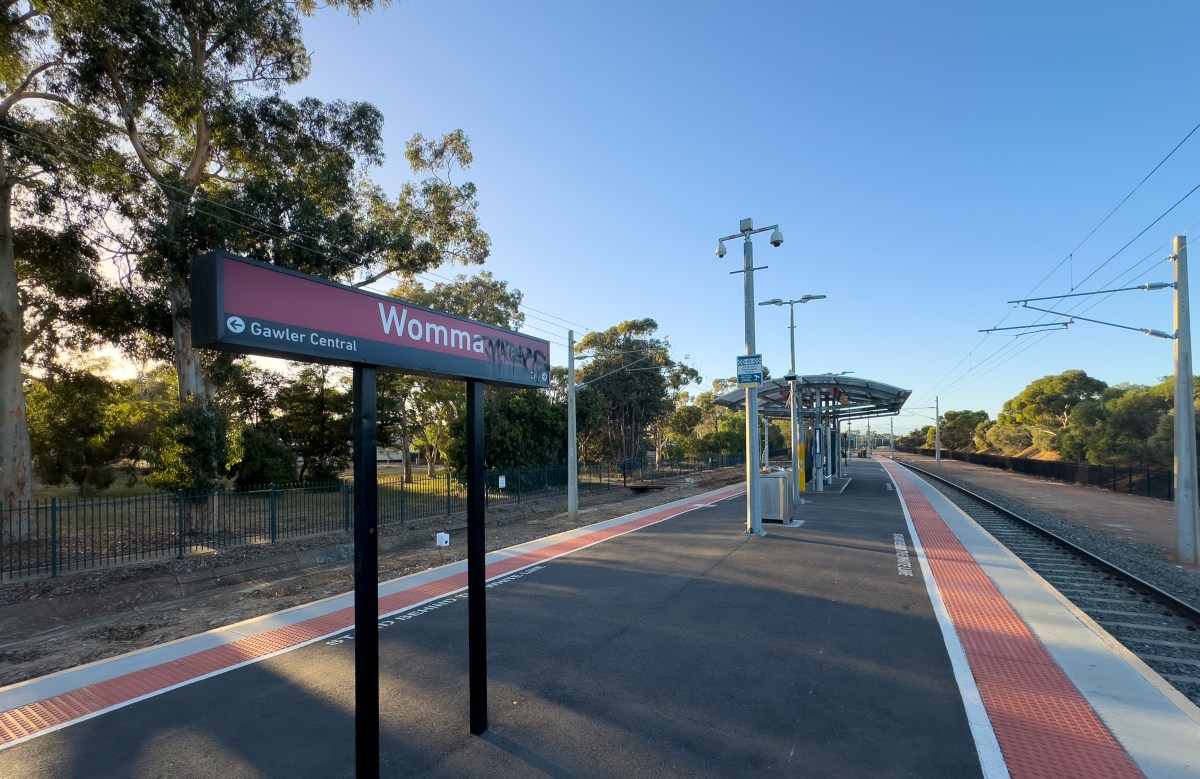
Vacant land next to Womma station on the Gawler line. Photo: Tony Lewis/InDaily
“It [is] also worth noting that greenfield developments, as they will still likely use these urban areas for services and infrastructure, will produce the same level of road demand, but largely without the opportunity to reduce it via accessibility to public transport.”
InDaily contacted the Planning Minister’s office for comment.
The state and federal governments jointly invested $842 million to electrify the Gawler line in a project that suffered numerous cost blowouts and delays.
The 42km-long line connects Mawson Lakes, Salisbury, Elizabeth, Munno Para and Gawler with the CBD.
But the northern suburbs are still more car-dependent than the rest of Adelaide.
According to government figures, 5.7 per cent of commuters in Adelaide’s north catch public transport to work, compared to the Greater Adelaide average of 6.4 per cent.
Further, 93 per cent of residents in the northern suburbs own a car, slightly higher than the Greater Adelaide average of 92.4 per cent.
Dr Scott Hawken, director of landscape architecture at the University of Adelaide’s School of Architecture and Civil Engineering, said Burnell and Fulbrook were “on the money” with their push to increase housing density along the Gawler line.
“What they’re saying makes good sense and I think there needs to be other voices joining theirs to challenge the current planning direction put forward by the Planning Minister and the Premier,” Hawken said.
“To me, the current greenfield expansion of Adelaide is just baking in bad health outcomes for the city because they rely on car-based urbanism.
“The evidence overwhelmingly points to the fact that this sprawl increases respiratory disease [and] chronic disease such as obesity and diabetes.
“So, if the Premier would like to have a healthy Adelaide, you wouldn’t do what he’s doing.”




